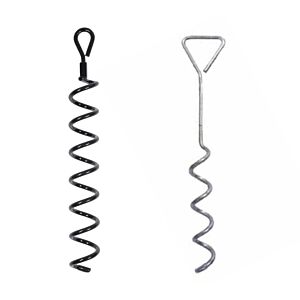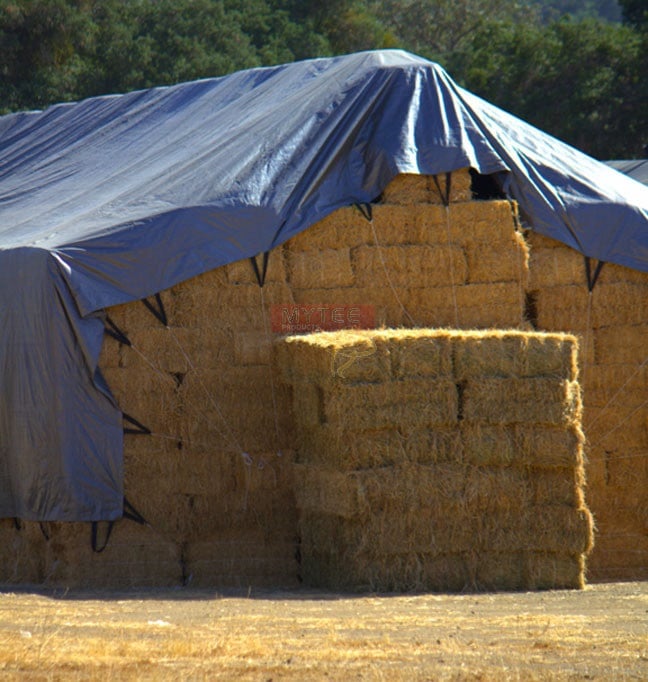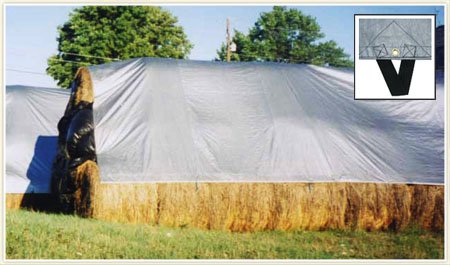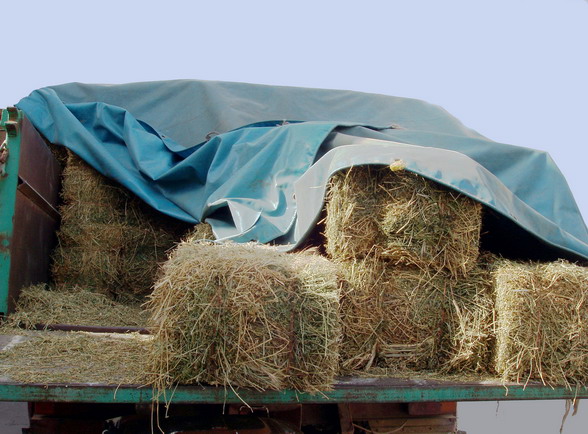If you have grown crop and have no proper storage facility to keep it, then hay tarps are better alternatives. It is not necessary for you to have barn or other forms of solid construction to store your hay. Tarps made from heavy duty polyethylene material are just as effective.
You know that if you grow hay crops then it needs to be stored in cool and dry place. The main threat to your hay is moisture and if once your hay catches it, it could ruin your business. There is one way to protect your investment and that is by using tarps to cover and protect your hay.
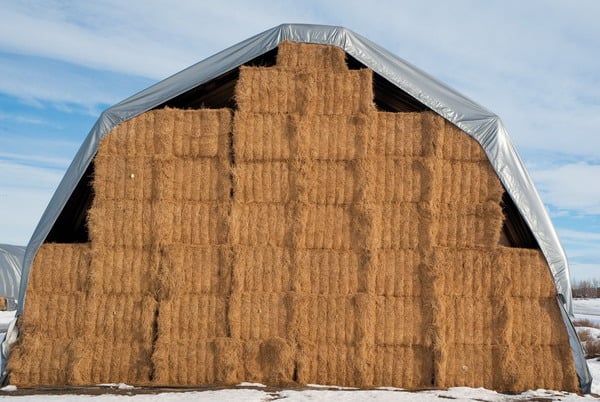
A tarp can protect your hay from harsh weather conditions like heavy rain, snow and winds. They are UV treated so the harsh rays from the sun can’t even damage your crop. If your investment is protected from all possible threatening conditions then you can be sure that you will not have to suffer from any kind of monetary loss.
If your crop gets dampen due to rain, it will promote the growth of fungus which cannot be good for your hay. The other problems faced by the farmers are of mildew and mold. If the conditions are dry there is a problem of over exposure to the harsh sunlight. All these problems could be solved by using hay tarps. These tarps are very different from the regular ones and if you thought that you could use traditional tarps to cover your hay then you need to think again.
These tarps are designed with special material which is waterproof and mildew resistant. They are silver from outside to reflect sunlight and black from inside to absorb heat. They can be used for several months at a stretch and can be used for many years; Hay tarps are very durable and made for the outdoor use.

These traps can cover tall triangular formations of the hay bales. To get the optimum benefit of tarps, use them to cover specific formations of the bales. The triangular formations like two – one can be used, where two bales are kept at the bottom and one bale is placed on the top of the two bales. The other popular combinations are three-two-one and four-three-two-one. The bales can have a diameter between 48 to 72 inches.
It is also very important to stack the bales in the formations as explained above to a place where water does not get accumulated. You do not want to shift these heavy bales every time it rains, so better stack them near proper drainage or on the slope. So that the water runs down and do not damage your bales.
A smart way of doing business is having your products protected and in good condition. This is especially true for farming and hay business, as you may never know when you will get a chance to sell your hay.



